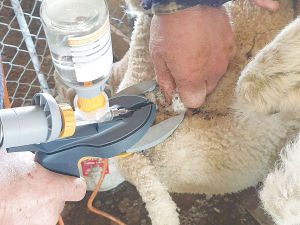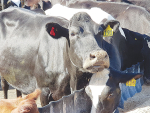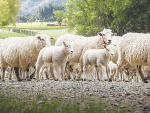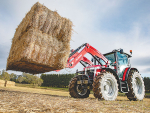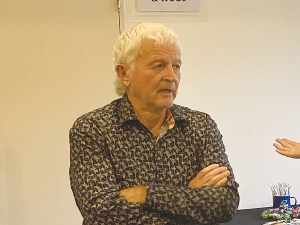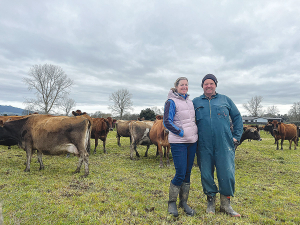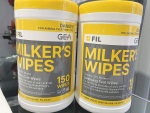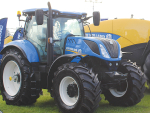A new rubber ring applicator and pain relief delivery device, which provides up to 70% pain reduction in lambs after application, was recently put through its paces on farm.
The rather cheekily named Numnuts system has been introduced to the country by NZ veterinary market supplier Agilis Vet. Earlier this month, a team from Agilis trialled the device on the South Canterbury farm of former Fed Farmers’ meat and wool chair Miles Anderson.
First devised in Scotland, then refined and commercialised in Australia, the world-first product has a development timeline stretching back to the mid-1990s.
The concept was originally prototyped and trialled by scientists at the University of Edinburgh more than 20 years ago. While this proved successful, the prototype was expensive and the project was shelved.
However, in 2009 scientists at Edinburgh’s Moredun Research Institute teamed up with Glasgow-based innovation and engineering specialists at 4c Design for a new start on the project. Meat & Livestock Australia and Australian Wool Innovation came on board in 2012, followed by the Australian CSIRO in 2013.
The Numnuts system was developed for the Australian market, with MLA support in anticipation of the need for higher welfare standards on farm. It was scientifically evaluated, patented and field tested on 15,000 Australian lambs in 2018. According to Agilis, the product has already begun transforming castration and tailing in Australia, where 200,000 lambs received the treatment in the first year after its pilot launch.
Said to be practical, safe and easy to use, the hand-held device applies elastrator rings over the lamb tail and also scrotum – while allowing users to inject pain relief at the same time. Numnuts’ ergonomic tool applies a standard rubber ring to cut off blood supply, while at the same time, adding targeted pain relief via a novel multi-stage injection mechanism.
Agilis says the reduction in pain has been validated in trials by CSIRO measuring the pain behaviours of lambs during these procedures. NumOcaine is the approved local anaesthetic for the Numnuts system. It works by affecting the permeability of nerve cell membranes to sodium ions, thus blocking nerve impulse transmission. All nerves are affected but those concerned with pain and temperature are most sensitive and this happens rapidly when given by injection.
“NumOcaine is injected at the same time as the ring application to the testes or tail providing targeted pain relief almost immediately,” explains Ann Wilkinson – technical vet and general manager of Agilis.
She says there is currently no other device on the market that allows farmers to provide targeted pain relief to lambs during tail docking and castration.
Wilkinson says there has been some talk around regulations being introduced to mandate pain relief for docking lambs in NZ. However, she believes that there is currently no appetite for this.
“Instead, we are seeing the drive for pain relief coming from the companies supplying the retail sector, who are anticipating what a consumer might be looking for.”
Wilkinson cites Merino NZ is an example.
“Our role is to make the tool available to people who personally like the concept of pain relief and to make sure it works well for those who wish to supply particular markets that require it,” she adds.
“The concept of a safe delivery system in an ergonomic tool is our interest. Creating additional burdens and costs on unwilling farmers is not.”
Get The Length Right
Farmers are being reminded about new lamb docking/tailing rules.
Tail length requirements were introduced as part of new animal welfare regulations last year. Beef + Lamb New Zealand (B+LNZ) is reminding farmers of the new regulations as docking gets underway throughout the country.
“The length of a docked tail must be no shorter than the distal end of the caudal fold, which is the end of the flaps of skin that attach the underside of the tail to the lamb’s body,” says B+LNZ’s Will Halliday.
“This is the absolute minimum length under the animal welfare regulations and docking tails shorter than this can lead to an infringement fee of $500.”
Under the new regulations, hot iron or rubber rings are the only methods that can be used to dock tails and the use of any other method can also lead to an infringement fee of $500. Halliday is also reminding farmers that only lambs under six months can be docked by farmers or staff. For lambs older than six months, the procedure must be carried out by a vet.

